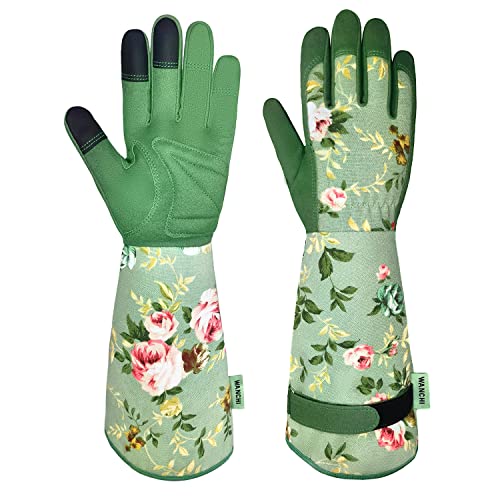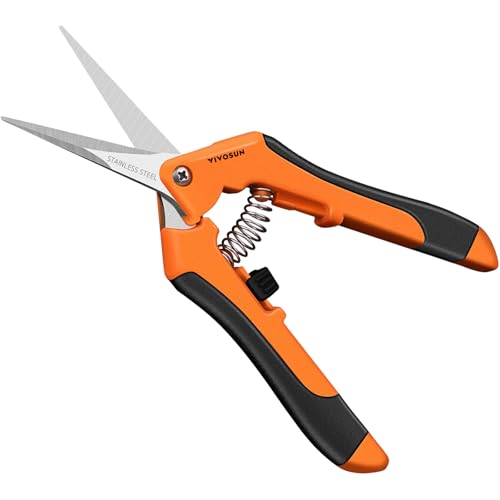7 plants to deadhead in August – for a second flush of blooms in early fall
Extend your summer display by removing these fading flower heads now
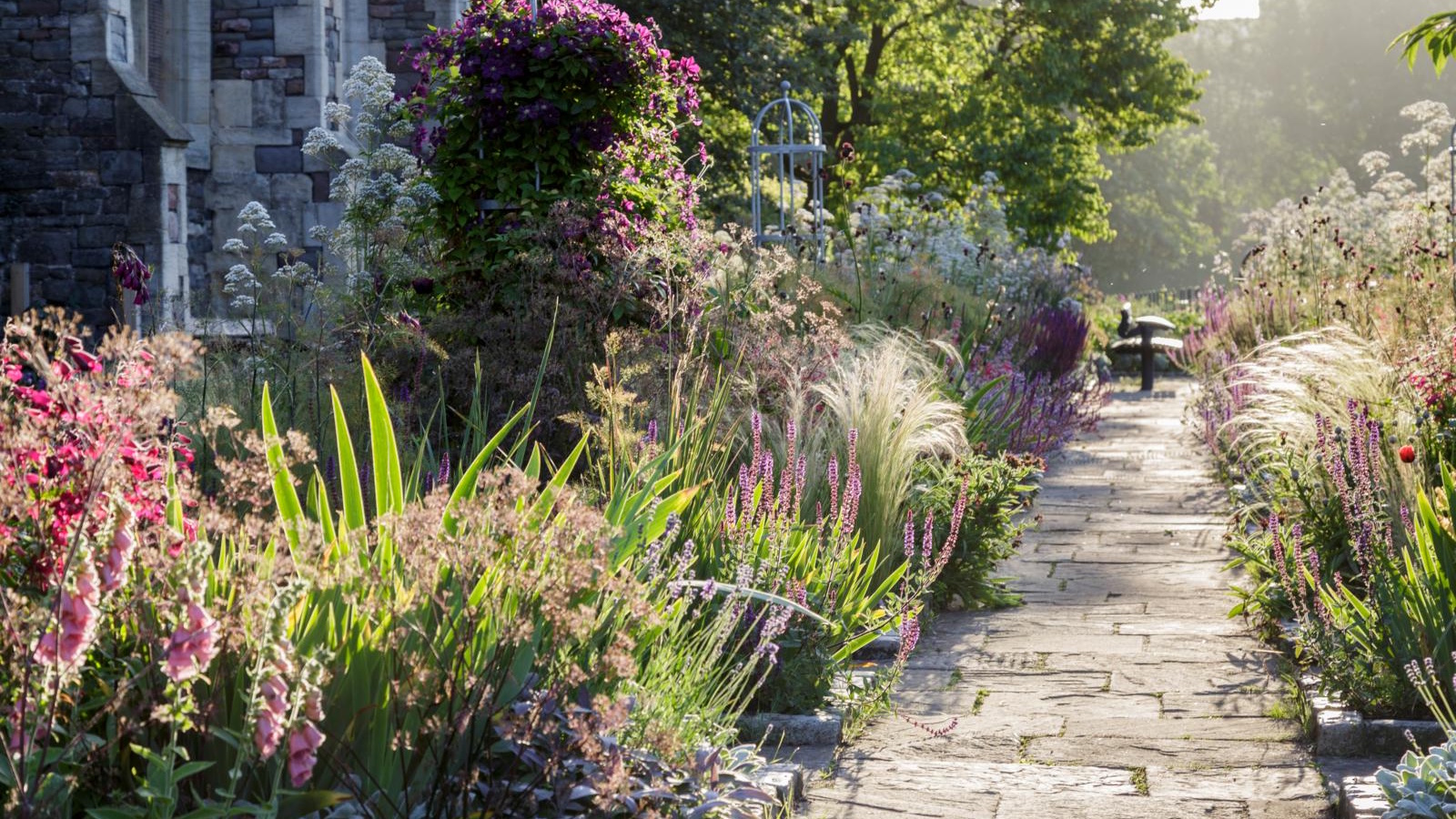

For many of us gardeners, mid-August is when our fall thinking caps come on and we start to make plans for putting the garden to bed and adding colder season interest to the yard. But, there is one simple thing you can do to enjoy your summer planting for a little while longer: deadheading.
It's not too late to encourage an extended display by deadheading fading flowers to encourage plants to rebloom before the coldest temperatures kick in. Rather than leaving those wilting plants to wait out the rest of the summer season, make the most of the warm temperatures we're still experiencing by helping your plants to redirect their energy into reblooming.
Of course, it can be tricky to know what to deadhead when, as not all plants will reliably provide a second flush of flowers. To help you out, I've compiled a list of seven plants to deadhead in August, with advice from a gardening expert on how to do it, so you can tick this job off your summer gardening checklist.
Why deadhead plants in August?

Not all plants should be deadheaded in August. In fact, doing so is a deadheading mistake that can leave you without any plants for seedheads for winter interest and it can take away fading flowers wildlife are still using.
But, there are other plants that will benefit from being deadheaded because they still have plenty of energy they can use to put out a second round of flowers in the same season.
Here, experts shed light on seven plants to deadhead in August to help your summer display last a while longer, ahead of fall.
1. Pelargonium

Sometimes better known as bedding geraniums, pelargoniums are fantastic tender perennials that can bloom from spring through to fall. They come in a wide range of bright colors and variegations, and regularly removing their faded blooms will encourage a more abundant display.
Design expertise in your inbox – from inspiring decorating ideas and beautiful celebrity homes to practical gardening advice and shopping round-ups.
'As soon as flower heads begin to fade or petals drop, follow the stem down to the main stem and snip off the entire flower stalk, not just the spent flower,' advises gardening expert Michael Clarke.
'Use scissors or pinch with your fingers to cleanly remove the old flower. This will encourage continuous blooming and prevent seed development,' he continues.
As Michael notes, these are quite easy blooms to pinch off with your fingers, but you can also use essential pruning tools (like these pruning snips from Amazon) to make a clean cut.

Michael Clarke is the founder of Yardwork and Pulled, the online platforms for everything home and garden. He has a degree in landscape architecture and horticulture from the University of California Davis. He was previously the founder of a landscape development and maintenance company.
2. Veronica
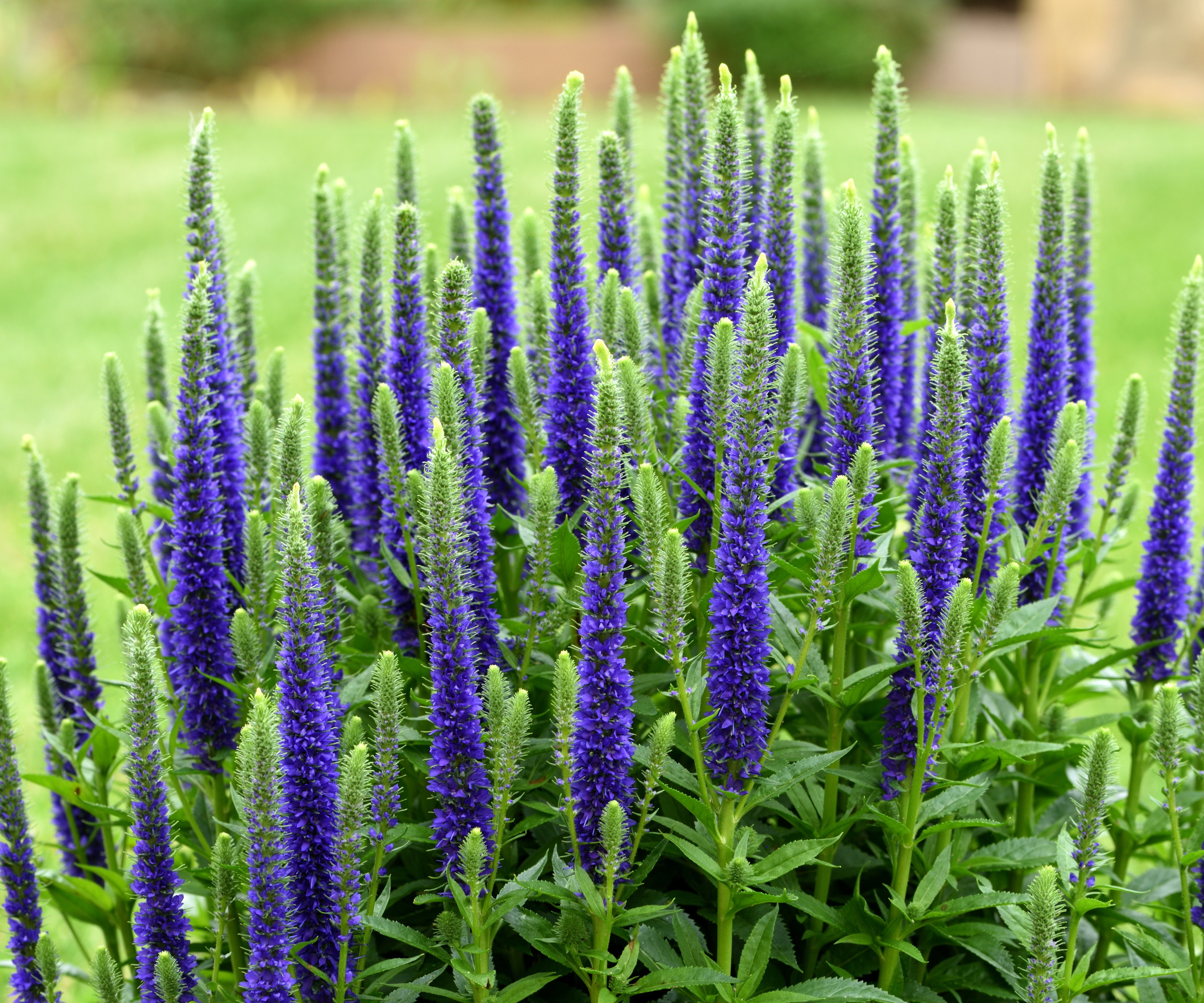
Veronica is a stunning plant that certainly makes an impact in a purple plant scheme with its vibrant flower spikes. It typically starts blooming in June and by deadheading in August, you can enjoy flowers into fall.
It'll be obvious that it's time to deadhead veronica because the usually bright flowers will have dulled in color and may have browning or greening tips. Remove spent flower stalks just above a healthy set of leaves to ensure the plant puts on new growth.
Not deadheading plants above leaf nodes or new buds is a pruning mistake that can hinder your plant's ability to put on a second display of blooms.
3. Nepeta
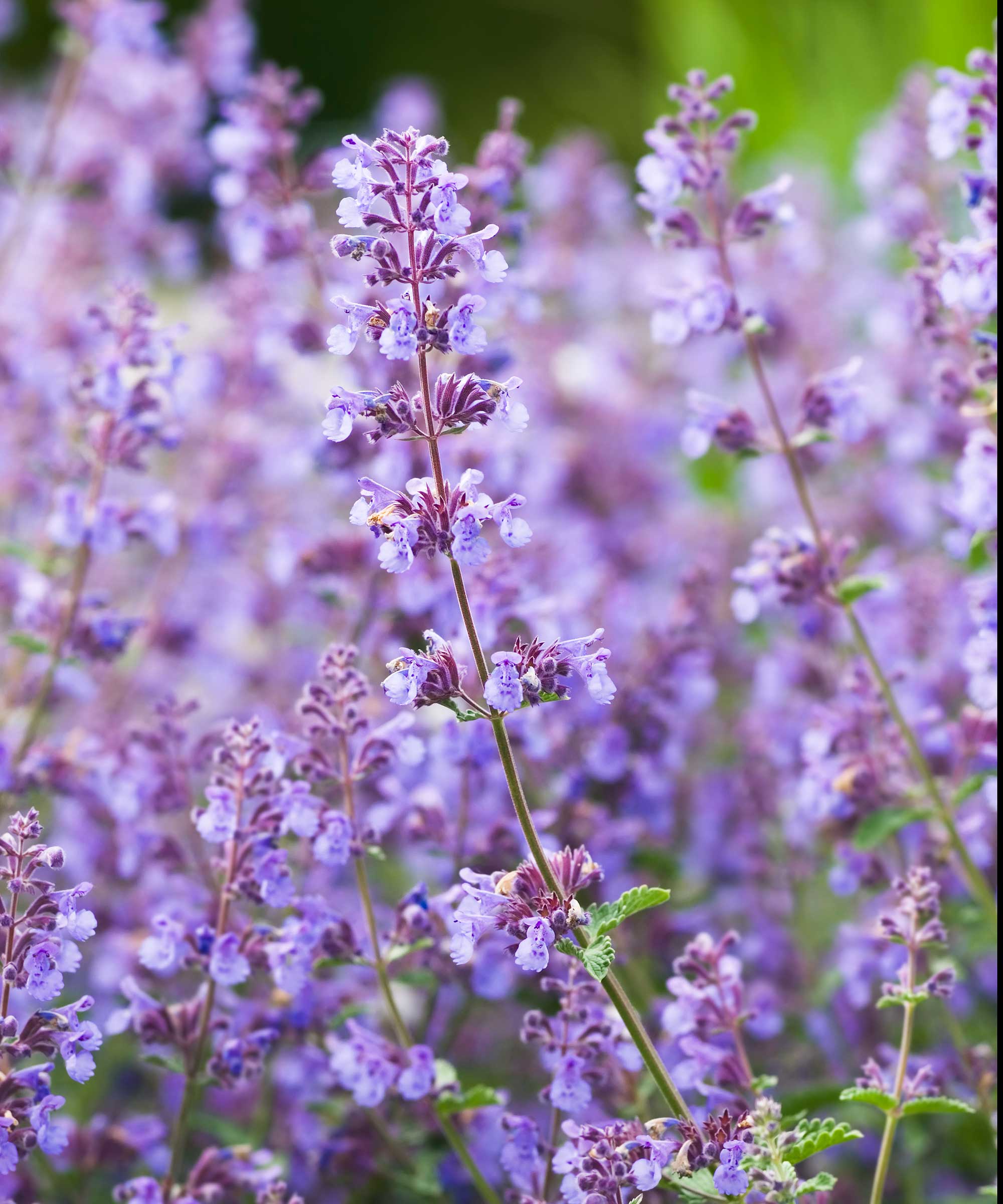
Another lavender alternative, nepeta (or catmint) is often loved for its profuse flowering. But, it can start to look a little worse for wear by the time August comes around. The good news is it makes the list of plants to deadhead in August, tidying it up and encouraging new growth.
'After the first big bloom flush fades in early to mid-summer, use a pair of garden hedge shears (from Amazon) to shear the whole plant back by a third,' Michael recommends. 'Focus on removing spent blooms and some foliage to promote a second flush of flowers and keep the plant compact and tidy,' he says.
Read our guide on how and when to prune catmint for more information on different techniques to use.
4. Zinnia
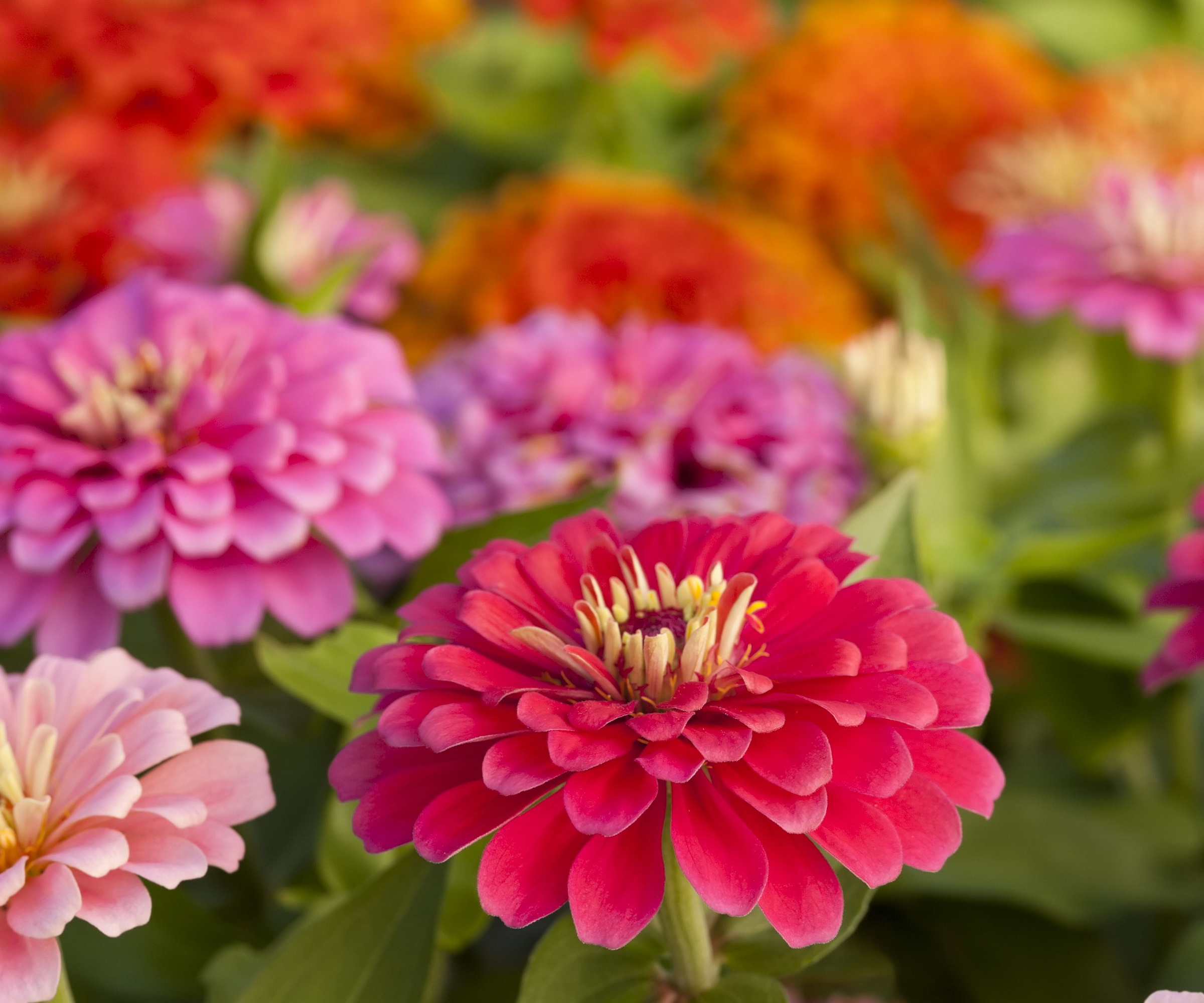
Plants to deadhead in August don't just involve must-have perennials, you can get also more out of your annuals by giving them a bit of attention this month.
Zinnias are cut-and-come-again flowers, so it makes sense removing the flower stalks will encourage a returning display while the summer temperatures stick around.
I have zinnias growing in my cut flower garden and have been enjoying harvesting them to display in vases in my home. But, I have also allowed many of them to stay on display in my yard, offering a bright and cheery view.
When the blooms begin to fade and shrivel, I deadhead my zinnias. In just a matter of days, new flower buds appear. To do this correctly, cut the zinnia flower stem down to just above a set of leaves.
I find the stems of zinnias too tough for snips or scissors, and rather use pruning shears (from Amazon) to make clean cuts.
5. Lantana

This is another plant typically grown as one of the best fast-growing annuals, but it is actually a tender perennial. Lantana is a charming plant with clusters of multi-colored blooms. It belongs to the verbena varieties family and is popular with pollinators, flowering from early summer up until the first frost.
Deadheading is a key aspect of growing lantana if you want to promote a longer blooming period. Look out for when flowers start to form seedpods and then snip down to a leaf node.
When deadheading lantana, you may also wish to take lantana cuttings to propagate and get even more of these beautiful plants for free. You should also fertilize lantana throughout summer to aid flower growth (using this flower fertilizer from Amazon).
6. Coneflower

Coneflower is one of the easiest plants to deadhead in August to spot. It dramatically darkens in color, wilts, and its petals may even fall off.
'Cut the flower stalk down to a set of leaves or a side bud. Deadheading coneflowers will extend the bloom period and encourage branching with more flowers,' says Michael.
But, you may also want to consider leaving some of your fading coneflowers for your winter garden, as their seedheads make the list of the best architectural plants.
'Seedheads will also feed birds in winter and help other wildlife into fall,' Michael adds.
7. Lavender

It can be easy to mistake your lavender being done for the year when those iconic purple flowers become dull in mid-summer. But, getting out your pruners and deadheading lavender in August can reward you with a late summer, fragrant display that pollinators will thank you for.
'Once most flowers are faded or dried in mid to late summer, snip the stems down to just above the foliage mound,' Michael advises.
You want to avoid cutting into woody stems as this isn't likely to regrow. Although, there are a few things you can do to revive woody lavender plants. Reading up on our guide to lavender growing mistakes can also help you prevent your plant becoming so woody.
FAQs
Should I deadhead any shrubs in August?
Yes, there are many benefits to deadheading some flowering shrubs in August. Examples include butterfly bush, roses, and caryopteris, which can all typically provide a second flush of blooms if deadheaded during this month. Not all shrubs will benefit from deadheading in August, however, so it's best to do some research around the specific flowering shrub you have in your yard.
Once your second flush of blooms start to fade in fall, consider collecting seeds to replant next year. You can also using dried seedheads for decorating with dried flowers and indoor arrangements.
Shop deadheading essentials:

Tenielle is a Gardens Content Editor at Homes & Gardens. She holds a qualification in MA Magazine Journalism and has over six years of journalistic experience. Before coming to Homes & Gardens, Tenielle was in the editorial department at the Royal Horticultural Society and worked on The Garden magazine. As our in-house houseplant expert, Tenielle writes on a range of solutions to houseplant problems, as well as other 'how to' guides, inspiring garden projects, and the latest gardening news. When she isn't writing, Tenielle can be found propagating her ever-growing collection of indoor plants, helping others overcome common houseplant pests and diseases, volunteering at a local gardening club, and attending gardening workshops, like a composting masterclass.
You must confirm your public display name before commenting
Please logout and then login again, you will then be prompted to enter your display name.

